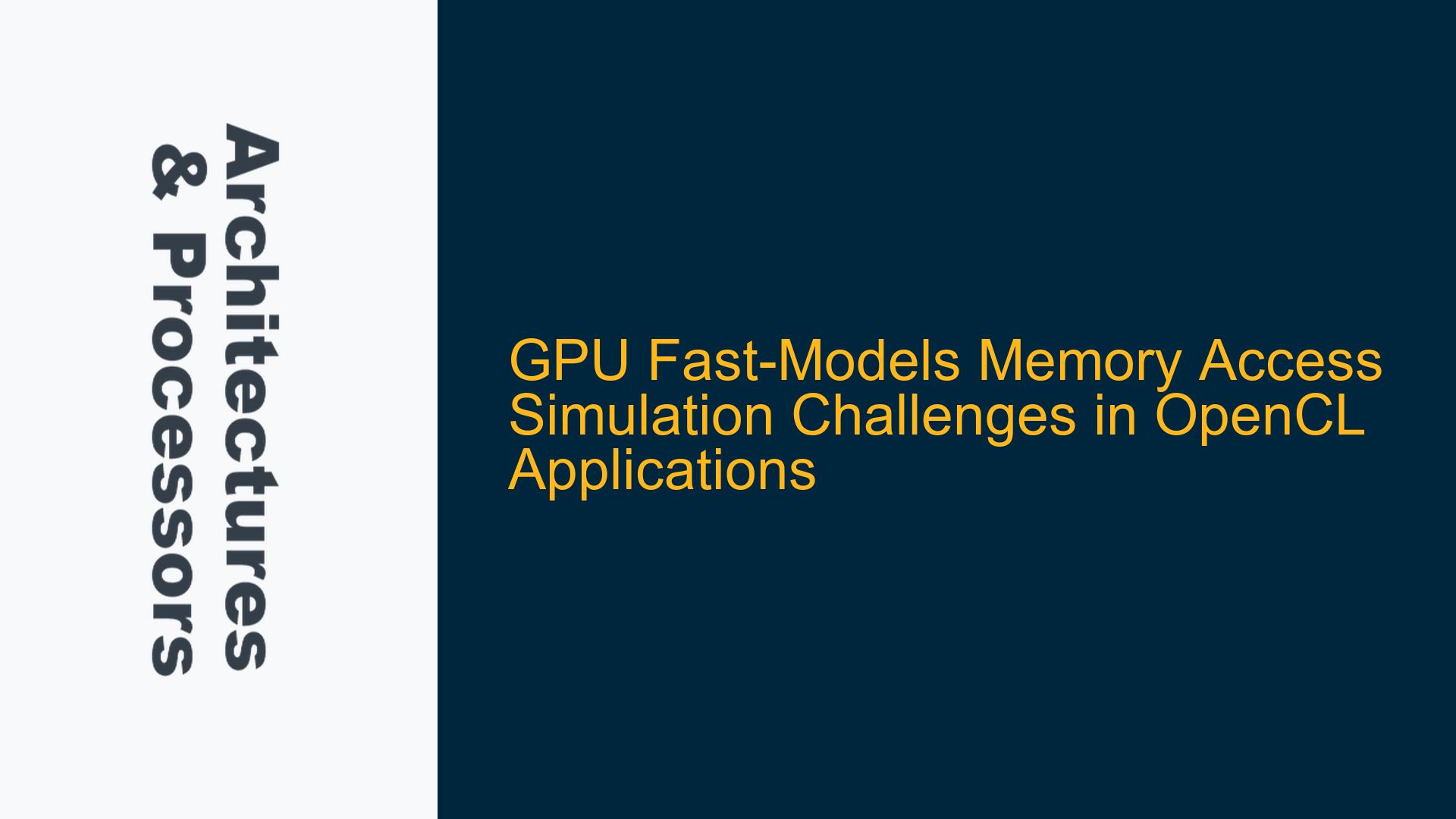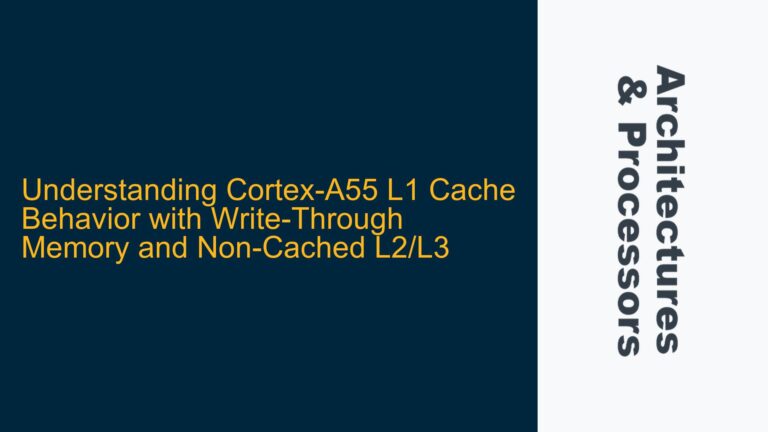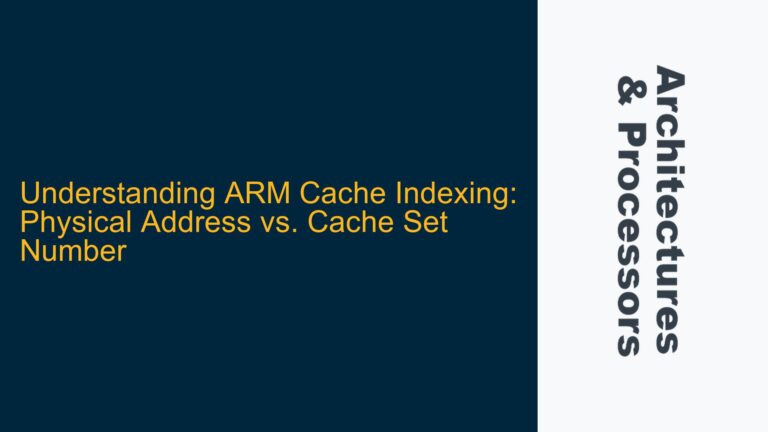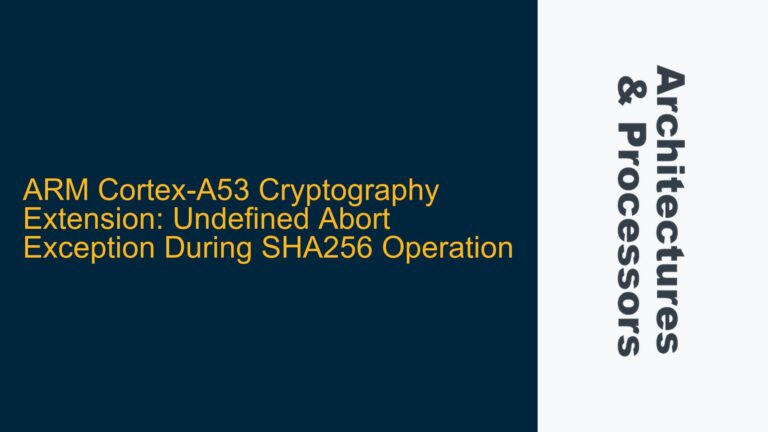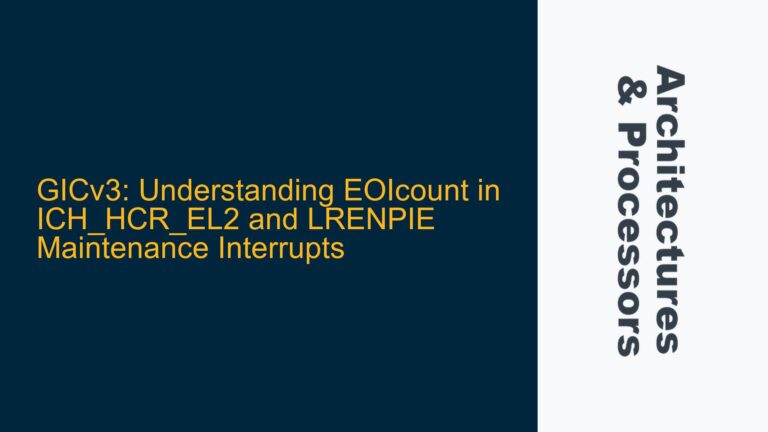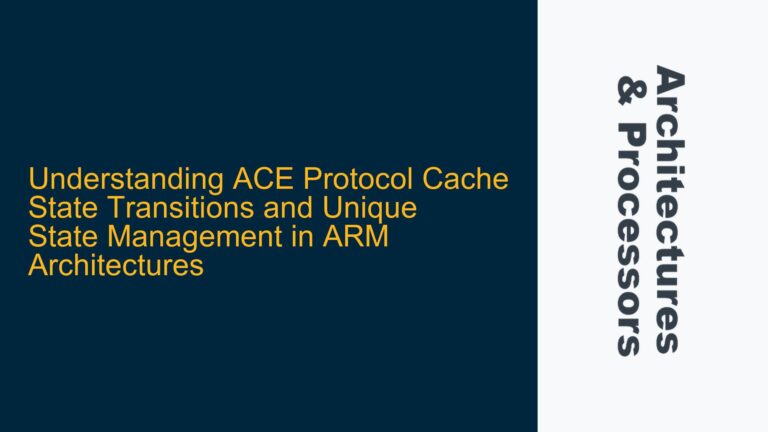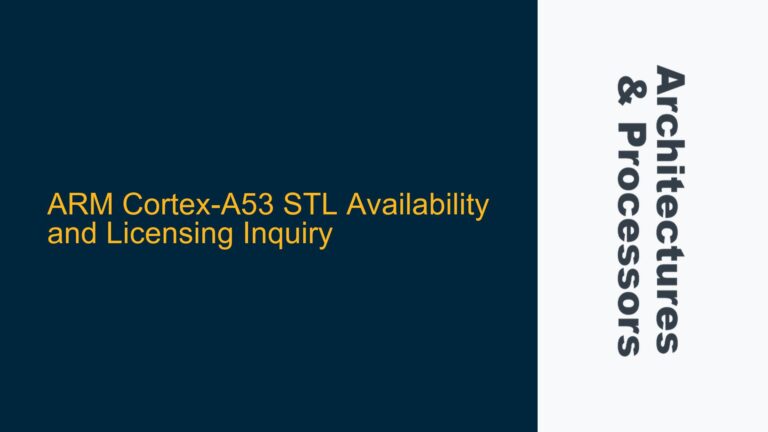ARM Mali GPU Fast-Models Lack Functional DRAM Access Simulation
The core issue revolves around the inability of ARM Mali GPU Fast-Models to simulate functional DRAM memory accesses during OpenCL application execution. While the GPU Fast-Models provide a register interface and simulate interrupts, they do not perform actual memory read/write operations to DRAM. This limitation becomes apparent when running Linux OpenCL applications, where the GPU appears to execute tasks without errors but fails to write any data to memory. The Fast-Models, particularly the libnomali.so library, include function pointers for memory access simulation (memwrite and memread), but these are not utilized in the current implementation. This raises questions about the feasibility of extending the library to simulate memory accesses or leveraging Generic Graphics Acceleration (GGA) as an alternative solution.
The absence of functional DRAM access simulation in the GPU Fast-Models creates a significant gap in the verification and validation of OpenCL applications. Without accurate memory access patterns, it becomes challenging to assess the performance, correctness, and integration of the GPU within the broader SoC architecture. This limitation also impacts the ability to debug memory-related issues, such as cache coherency, memory latency, and data synchronization, which are critical for ensuring the reliability of GPU-accelerated applications.
Integration Gaps Between GPU Fast-Models and GGA
The lack of functional DRAM access simulation in the GPU Fast-Models can be attributed to several factors. First, the simulation of the GPU is split between multiple components: the Mali DDK, the FastModel GPU component, and the libnomali.so library. While these components provide control flow and OS integration, they do not fully simulate the memory subsystem. The libnomali.so library, which is part of the FastModel package, includes additional features compared to the open-source version on GitHub, such as integration with GGA. However, GGA itself does not use regular PVBus access for most of its operations, limiting its ability to simulate memory accesses comprehensively.
Another contributing factor is the design philosophy behind the GPU Fast-Models. These models are primarily intended for functional verification and early software development, rather than detailed performance analysis or memory subsystem validation. As a result, they prioritize simulating the control flow and register interface over the memory access patterns. This design choice simplifies the models and reduces simulation overhead but comes at the cost of limited memory access simulation capabilities.
The function pointers memwrite and memread in the libnomali.so library suggest that memory access simulation was considered during the design phase. However, these functions are not implemented in the current version, likely due to the complexity of accurately simulating GPU memory access patterns. GPU memory accesses are highly parallel and data-dependent, making it challenging to generate representative patterns without detailed knowledge of the GPU’s internal operation. Additionally, simulating memory accesses would require integrating the GPU models with a detailed memory subsystem model, which could significantly increase simulation complexity and runtime.
Extending GPU Fast-Models for Memory Access Simulation
To address the lack of functional DRAM access simulation in the GPU Fast-Models, several steps can be taken. The first step is to evaluate the feasibility of extending the libnomali.so library to utilize the memwrite and memread function pointers. This would involve implementing these functions to simulate memory accesses based on the GPU’s internal state and the OpenCL application’s memory access patterns. However, this approach requires a deep understanding of the GPU’s operation and the ability to generate representative memory access patterns. It is also important to note that modifying the libnomali.so library in this way would not be a supported use case, and there is no guarantee of compatibility with the FastModel package.
An alternative approach is to explore the use of GGA for memory access simulation. While GGA does not currently support OpenCL, it provides some level of pixel processing and could potentially be extended to simulate memory accesses. However, this approach would require significant modifications to GGA and may not provide a complete solution for OpenCL applications. Additionally, GGA’s reliance on job descriptors and final pixel writes limits its ability to simulate the full range of memory access patterns generated by a GPU.
A more comprehensive solution would involve integrating the GPU Fast-Models with a detailed memory subsystem model. This would require extending the FastModel environment to include a memory model that accurately simulates DRAM accesses, including cache behavior, memory latency, and data synchronization. This approach would provide a more representative simulation of the GPU’s memory access patterns and enable more accurate performance analysis and debugging. However, it would also increase simulation complexity and runtime, making it more suitable for detailed verification and validation rather than early software development.
In conclusion, the lack of functional DRAM access simulation in the ARM Mali GPU Fast-Models presents a significant challenge for OpenCL application development and verification. While extending the libnomali.so library or leveraging GGA may provide partial solutions, a more comprehensive approach would involve integrating the GPU models with a detailed memory subsystem model. This would enable more accurate simulation of memory access patterns and improve the overall reliability and performance of GPU-accelerated applications.
